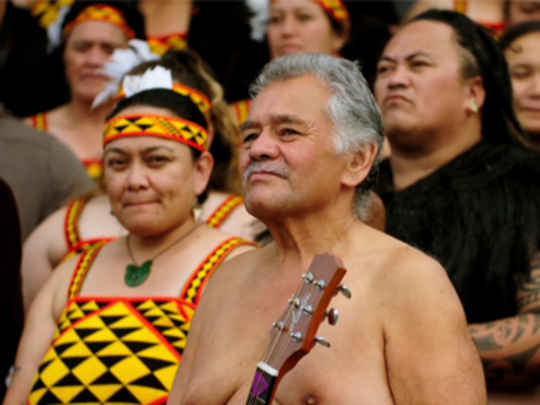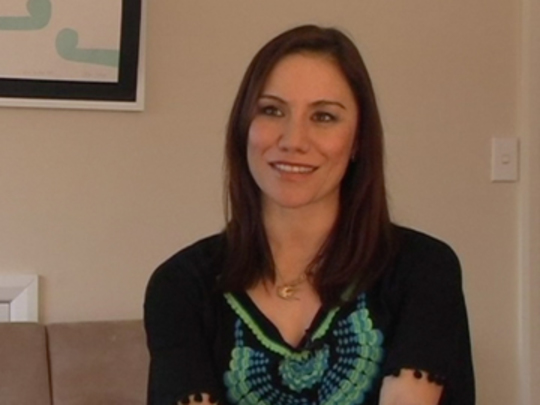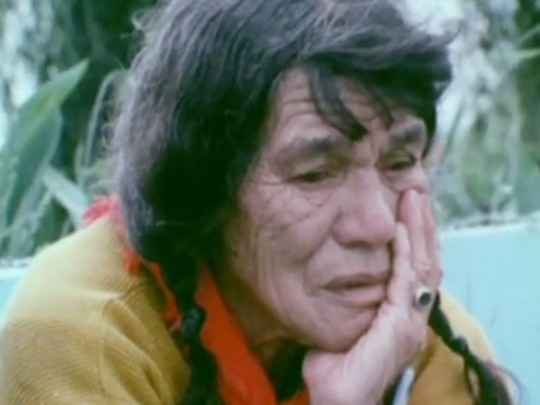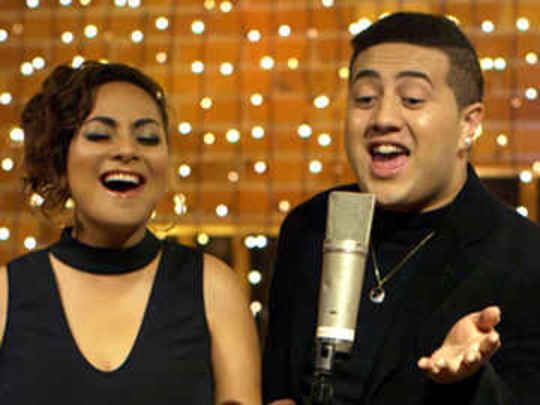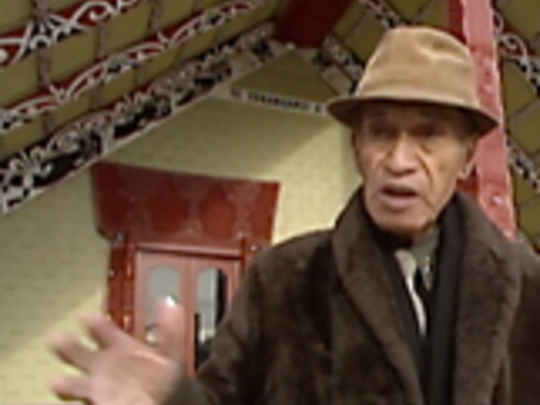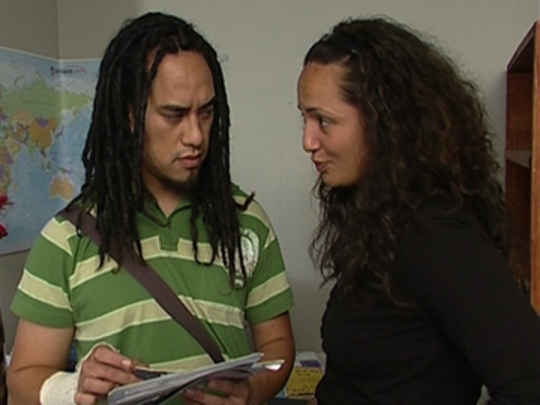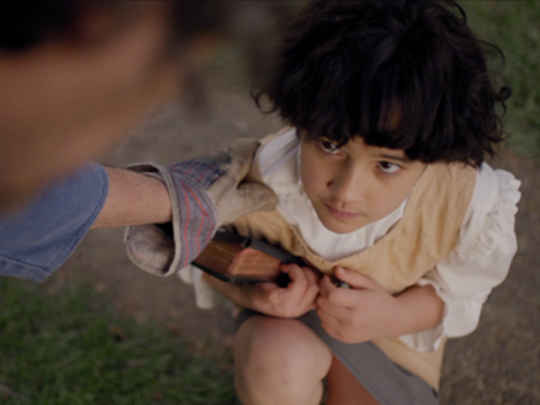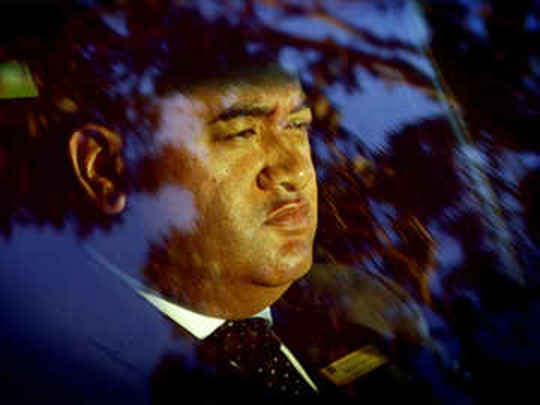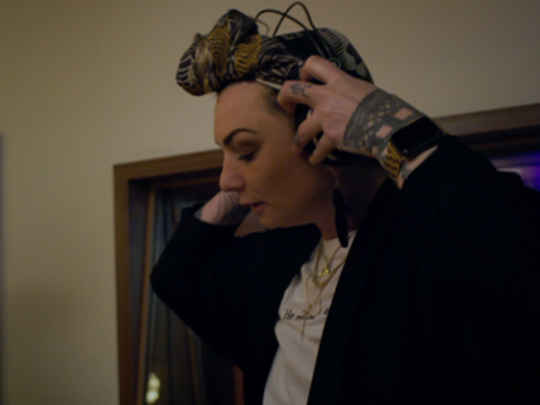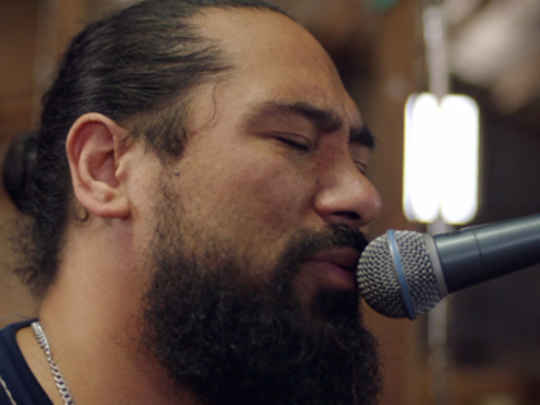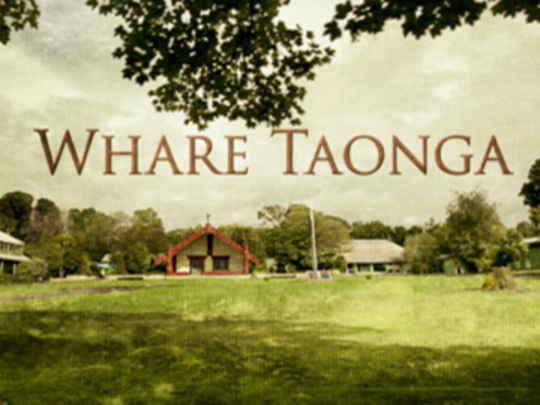If you're visiting the marae for the first time it can be very fearful...because it's unknown to you.
– Tikanga expert Chris Winitana on Pākehā contemplating a marae visit
I went to the Tūrangawaewae Marae and that was really awesome.
– A Pākehā woman shares her marae experience
One of the most important things we want to get across on Hongi to Hāngī is that marae are beautiful places and you should actually want to see a marae because this is basically the last stronghold of Māori culture and Māori tikanga. It's a beautiful, cool space. You have a lot of fun, too, at a marae.
– Presenter Tāmati Rimene-Sproat on educational series Hongi to Hāngī, Radio NZ, 10 June 2022
Harirū, I must say, can be awkward for a lot of people. You know, are you going in for the hongi, or are you going in for the kiss, or do you do the 'hongi-kiss'? See now, the 'hongi-kiss'. you don't wanna do that...
– Film producer Reikura Kahi on the art of a successful hongi and harirū (handshake)
Koha was 'go and get what you've got in the garden and take it to the marae. So and so has died, go and kill a pig', and that was taken to the marae. . . . in essence, that was koha. But, of course, we live in fast-paced times now, and we don't have time to grow a few cabbages to take to the marae. So koha now is to whatever you can give. Certainly in my whānau, those who earn more, give more. It doesn't matter whether you put five dollars in or 200 dollars in, just put something in — don't not put nothing in. I think that's rude.
– Te reo translator Te Haumihiata Mason on koha (gift) etiquette
I feel like lots of people sometimes think it's the males running the show on the pōhiri, and some of you may agree. I do not. The first voice you hear, it's the wahine, she calls you on, you know, and she could tell you to turn around and go away.
– Actor Turia Schmidt-Peke on who's really in charge during a pōhiri (or pōwhiri)
I personally take socks without holes, cause you're gonna take your shoes off. Preferably socks that match as well...
– Practical advice for a marae stay from kapa haka expert Kawariki Morgan
Māori are very comfortable with death . . . Grief is a process, you know, that needs to be shared. And I think that's one thing about our people that I love — that we are there to share each others' grief, to share each others' joy.
– Kapa haka expert Kawariki Morgan reflects on Māori tangihanga (funeral) customs
...people just think we're saying the same things over and over — haere mai, haere mai' — and it's not that, and if you miss that, then you're missing a lot.
– Broadcaster Stacey Morrison on the content and depth of a karanga (official welcome)
I think one of the important things of tangihanga is the safety that everybody feels during a tangihanga to let your emotions go, and it's an important process within tikanga Māori . . . to grieve for your loved ones.
– Producer Reikura Kahi on the release felt at tangihanga (funeral)
A pōhiri is a formal process of welcoming manuhiri [guests] or waewae tapu — people who are not from that marae or who haven't been to that marae. It's a way of connecting them and joining the wairua [spirit], the tūpuna [ancestors] into the one place. Of course, that is through karanga, that is through whaikōrero, that is through the harirū [greeting], the hongi, and most importantly, that is through the kai.
– Musician Pere Wihongi explains the purpose of a pōhiri (or pōwhiri)
Whaikōrero is the traditional practice or custom of formal speech delivery in te reo, usually on the marae, delivered by tanē (males) in representation of their hapū (their subtribe), their iwi (their tribe) and their whānau. They give voice to their whare (their ancestral house), their whenua (the land), ngā maunga (the mountains), the awa (the rivers), and their ancestors that have passed on. They represent their people; they are the face and the voice for their iwi.
– Orator Paraone Gloyne on the art of whaikōrero



